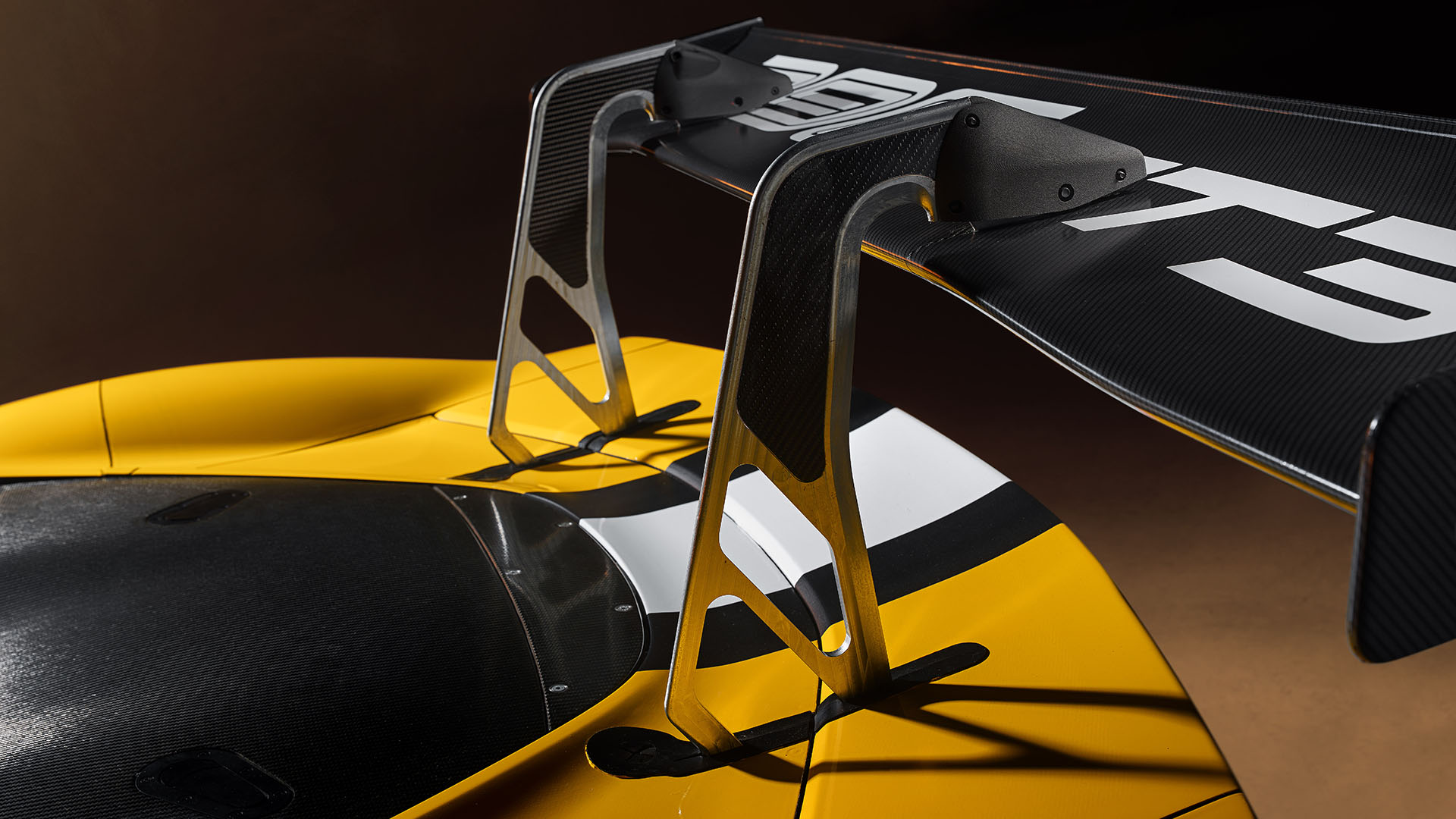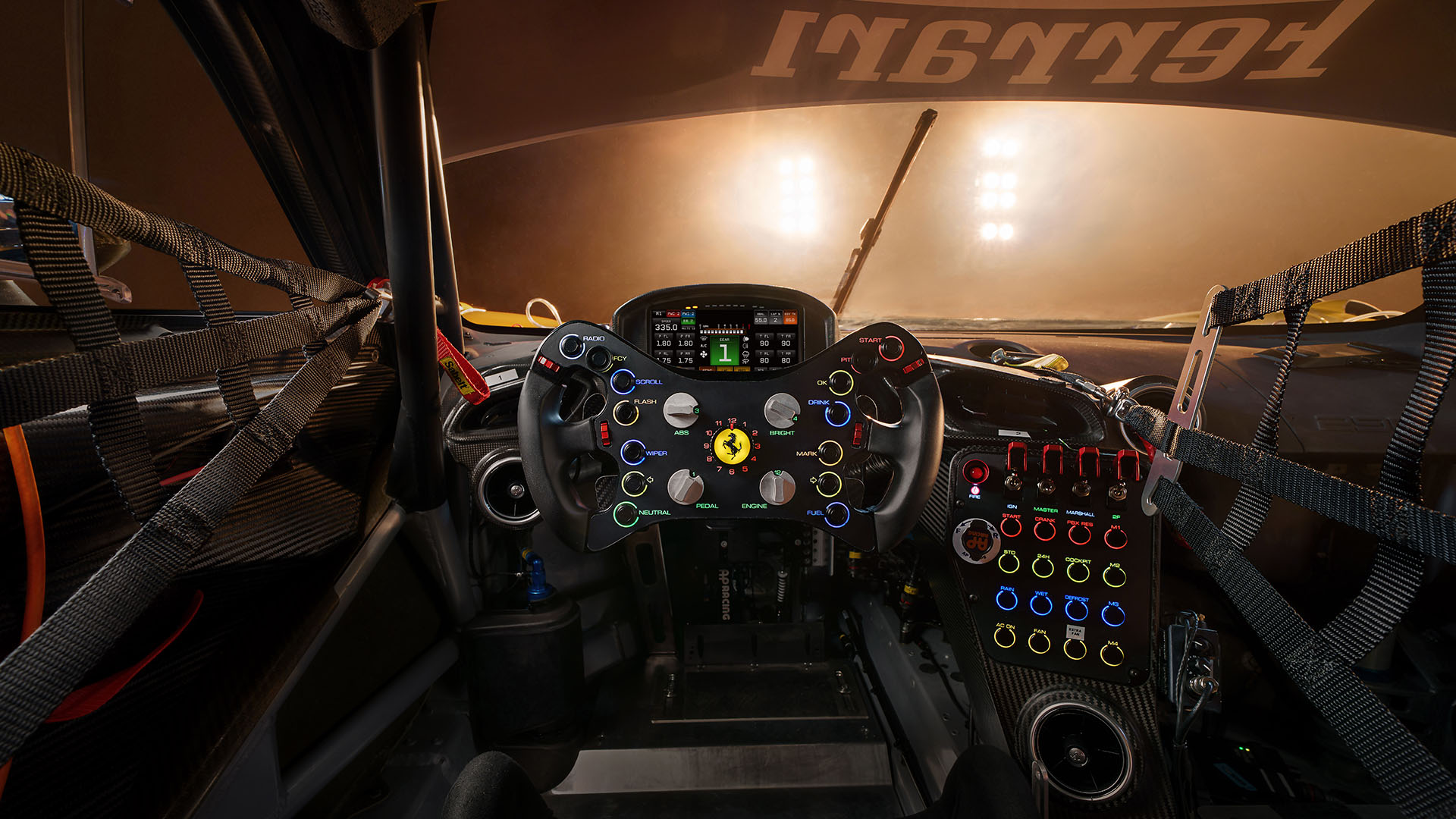Three years after the original 296 GT3 debuted at Spa-Francorchamps, Ferrari has returned to the iconic Belgian circuit to unveil its next evolution: the 296 GT3 Evo. This isn’t just a refresh—it’s the result of everything Ferrari has learned on the world’s toughest endurance tracks. Born from a car that’s already claimed over 140 wins, 405 podiums, and 56 pole positions, the Evo is a faster, more refined weapon designed to push limits and adapt to the most unpredictable racing conditions.
Under the skin, the 296 GT3 Evo keeps the same 120° twin-turbo V6 that made its predecessor a beast on the track. Why mess with what already works? Its compact design and low mounting position keep the centre of gravity down and the chassis sharp. Ferrari has tweaked the gearbox ratios based on two seasons’ worth of data to improve torque delivery across the rev range—especially where it matters most: corner exits and high-speed straights.
Aerodynamic changes are at the heart of the Evo’s transformation. While the overall downforce levels remain within GT3 regulations, Ferrari focused on making the car more stable in dirty air—like when you’re tucked behind another car at 180 mph. The front splitter, underbody, diffuser, and bodywork have all been revised for cleaner airflow and improved load consistency. You’ll notice a redesigned rear wing with a slick quick-adjust mechanism (borrowed from the LMGT3), and a pair of new air intakes on the bonnet that not only add attitude but improve brake and cabin cooling.
Speaking of cooling—track performance doesn’t just rely on downforce. Ferrari has redesigned airflow to increase front brake cooling by over 20%, thanks to revised ducts and dynamic bonnet intakes. Even the steering pump benefits from better airflow, with new NACA ducts underneath helping to manage temps during long stints. Some upgrades come straight from the 296 LMGT3, Ferrari’s FIA WEC contender. The rear wheel arches are reshaped to accommodate a wider range of tire types, while the mirrors—often overlooked—have been refined for better visibility and reduced vibration. It’s all about making the car more adaptable across the global GT racing landscape.
The Evo features updated suspension geometry front and rear, aimed at improving reliability and delivering a more connected feel between axles. The new layout also makes it easier for teams to tweak the setup between sessions—a win for endurance pit crews.
Inside, Ferrari hasn’t reinvented the wheel—but it has made the driving experience better. The cockpit maintains its intuitive layout and excellent visibility, but now includes a more effective air conditioning system, which might sound minor—until you’re racing 24 hours in July heat.
The Ferrari 296 GT3 Evo will make its competitive debut in 2026, with homologation currently in the final stages. Existing 296 GT3 teams won’t be left behind—Ferrari is offering a full upgrade kit, so everyone can benefit from the Evo’s improvements without a full chassis swap. The 296 GT3 Evo isn’t a revolution—it’s a smart, aggressive evolution of a proven winner. By refining airflow, sharpening response, and leaning on feedback from real-world racing, Ferrari has made one of GT3’s best cars even better. Expect to see it leading the pack, again, when it hits the grid in 2026.









